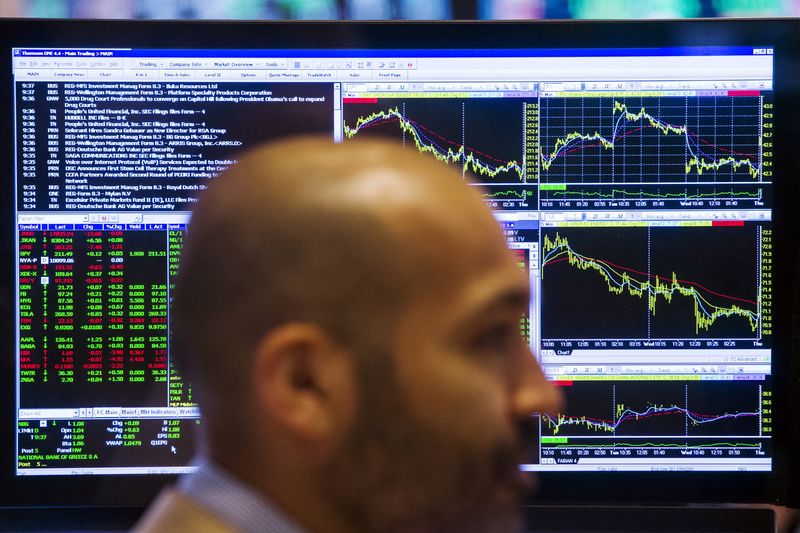
© Reuters. Labor-Market Upheaval Seeps Into October U.S. Jobs Report
(Bloomberg) — The latest reading of the labor market on Friday comes at a time of more worker upheaval than the country has seen in decades.
Unions representing employees from Deere (NYSE:DE) & Co. to Kellogg (NYSE:K) Co. aren’t backing down in their efforts to secure better working terms and conditions. That follows decisions by other high-profile companies such as McDonald’s (NYSE:MCD) Corp. and Chipotle Mexican Grill Inc (NYSE:CMG). to raise pay in a battle to attract and retain workers that’s pushed up wages the most on record.
Many economists expect that wage growth will slow in the coming months as more Americans return to the labor force and competition for workers eases. A report from the Labor Department out Friday is forecast to show the U.S. added 450,000 workers to payrolls in October, which would be the most since July.
The risk of persistently higher pay is that more businesses will raise prices further in order to protect margins as the costs of labor, materials and transportation climb. That could culminate in a vicious cycle as inflation’s erosion of consumer purchasing power encourages greater wage demands.
That’s not a scenario Federal Reserve Chair Jerome Powell sees playing out. At the conclusion of the central bank’s policy meeting Wednesday, Powell said that if wages were to rise materially above inflation and productivity growth, “that could put downward pressure on margins and cause employers to raise prices as a result. We don’t have evidence of that yet.”
Read more: Powell Gambles on Inflation Easing as Fed Waits for More Jobs
A measure of employment costs rose in the third quarter at the fastest rate on record, while wages and salaries have climbed for seven consecutive months. Meanwhile, the Fed’s preferred inflation gauge is at its highest level in 30 years on an annual basis, running well above its 2% target and adding to speculation that the central bank will raise rates sooner than expected.
If wage growth doesn’t simmer down as expected, the Fed would have to start raising rates “as soon as June, and all asset prices would be under severe pressure,” Ian Shepherdson, chief economist at Pantheon Macroeconomics, said in a note.
So far, wage gains in most industries are “more than offset” by inflation, said Omair Sharif, president of research company Inflation Insights LLC. That could keep the Fed from reacting in the near term, he said in a note.
The Fed said in a statement Wednesday that while inflation is elevated, it is “largely reflecting factors that are expected to be transitory.” Policymakers will begin tapering the Fed’s bond-buying program later this month, but Powell said that there is “no direct signal” that should be taken about interest rate hikes from the taper decision.
Read more: American Women Gain Clout in Unions After Pandemic Sacrifices
As of October, some 6,200 workers were on strike, nearly double the 3,800 a month earlier, according to data from the Bureau of Labor Statistics. That includes workers at four Kellogg cereal factories and medical employees at Mercy Hospital in Buffalo.
Members of the United Auto Workers union rejected a second deal with Deere — which the company said was its “best and final offer” — that proposed big improvements over one that workers turned down before going on strike. The wage increase was larger than nearly a dozen other collective bargaining agreements the UAW has negotiated since 2018, according to Bloomberg Law’s database of labor contracts.
©2021 Bloomberg L.P.
Source: Investing.com



























